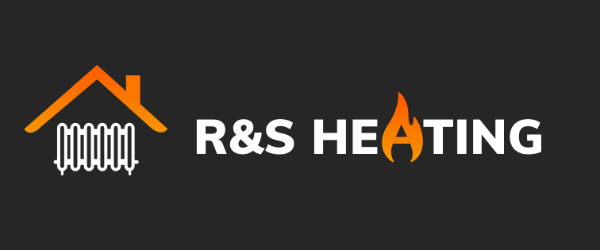If you've ever considered bleeding the radiators throughout your home but haven't been sure where to start, then look no further. In this blog post, we're here to help you bleed your radiators successfully. However, before we get into this blog post, why not find out how we can help with our services? You can reach us via our phone number on, 0161 942 6622. Alternatively you can find out more about our services over on our services page.
How to Bleed a Radiator
Before we get right into this, you should know that by bleeding a radiator, you are essentially release air that has become trapped inside. What does this mean? Simply put, this should ultimately improve the efficiency of the heating system.
Finding the Problem
First thing first, you must diagnose the problem with your radiators. For instance, if you've noticed cold spots on your radiators or they're taking too long to warm up, it could be the case that bleeding the radiators is needed. Now that you've diagnosed that there is genuinely a problem with your radiators operating efficiently, you can consider the next point.
Checking the Radiators
Once you've diagnosed that the radiators need bleeding, you must consider that it doesn't necessarily mean every radiator in your property. With this in mind, you should fire up the central heating system and asses each radiator. It's key to look out for inconsistencies with warmth.
Turning off the Heating
This particular point is crucial; why? Well, now that you've diagnosed that your radiators need bleeding and you've located the radiators that need bleeding; you must make sure you have turned the heating off. If you fail to do this, it could result in a lot of water on the floor - Not great if you have carpets!
Releasing the Air
Now that the heating is off, you must have a radiator key and a rag before fitting the key to the valve at the top of the radiator. It's worth mentioning that you can purchase a radiator key from a local DIY shop. Anyhow, once this is done, you should use one rag to catch the drips and another rag to protect your hands. Now slowly start to twist the key anti-clockwise to release the air.
Shutting the Value
By this point, you should hear the air escaping, however once this diminishes, it means that water will be on its way to the hole. At which point you should quickly do the valve back up to prevent water from going everywhere.
Checking the Pressure
The final point to make is checking the pressure; what we mean by this is that once this is all done, you should check the pressure gauge on the boiler. If you notice that the pressure is too low, you will need to top it up. To do this, adjust using the filling loop, with instructions from your boiler manufacturer.
Need our services in Manchester?
If you require any of our services from our services page, get in touch today! You can reach us via our phone number on, 0161 942 6622 or even by emailing us at, info@randsheating.com and finally through the contact form on our website. We look forward to hearing from you and hope you choose Richards Simmons Heating Ltd


